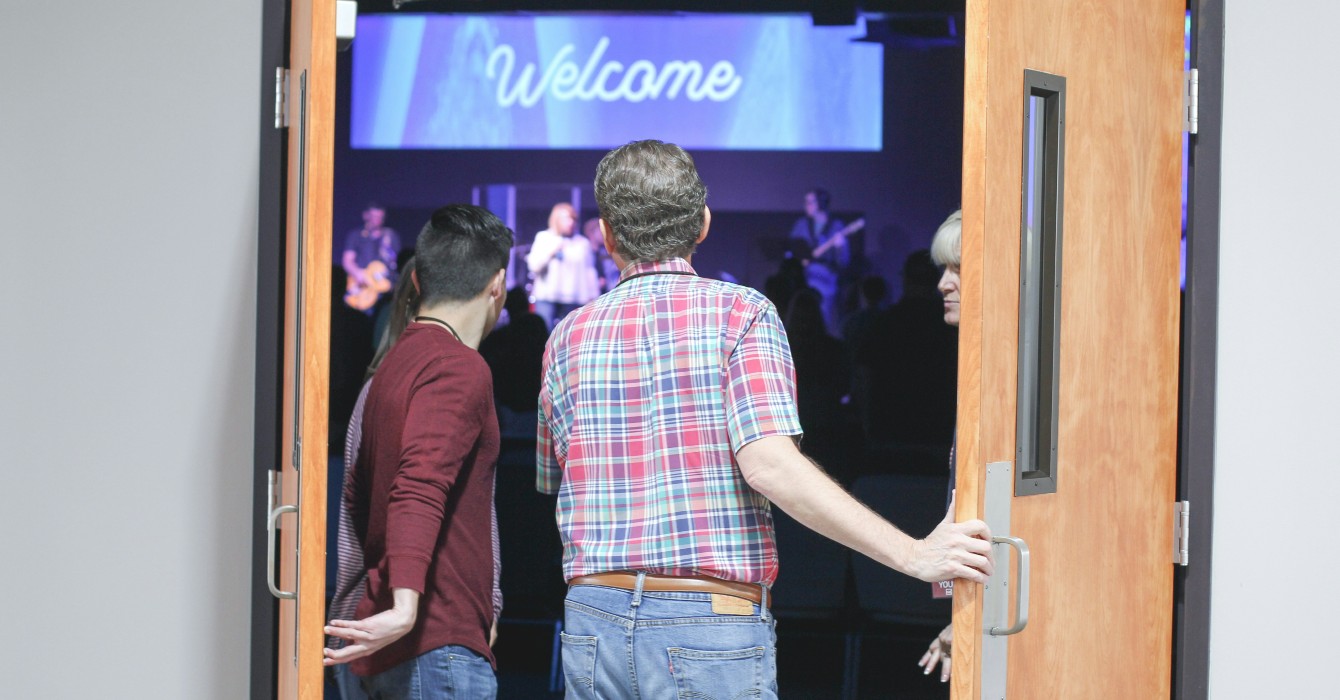Congregational leaders seeking solid direction on how to adapt in a post-pandemic environment may need to be flexible — at least for the near future, according to the latest findings of a five-year research study.
Exploring the Pandemic Impact on Congregations (EPIC), a five-year research project funded by Lilly Endowment Inc., was launched in 2020 to research the long-term implications of the COVID-19 pandemic for religious life across the United States.
The fourth in a series of EPIC research reports, which is scheduled to be released in August 2023, reveals that church attendance continues to recover after the height of pandemic lockdowns, said Scott Thumma, the principal researcher for the EPIC study and director of the Hartford Institute for Religion Research, which led the study.
However, that assessment depends on how attendance numbers are counted, Thumma said.
“In-person worship attendance is still below pre-pandemic levels, but when you include virtual attendance, that moves the number above 2019 levels,” he said. “For the overall sample, on average, church worship is still 8% less than it was pre-pandemic.”
Before the pandemic, the median church worship attendance was 65 people. Currently, the median is 60 people in person. When taking into account virtual attendance as well, it rises to 75, the study revealed. Still, according to a recent survey from Pew Research Center, the percentage of Americans participating virtually in services is in decline.
“Most congregations are not back to what they were pre-pandemic,” Thumma said. “Many have lost some of their core people, as well as some of the marginal people. Also, church leaders are reporting that some of their solid members who always attended in person are now attending virtually.
“It’s a real mixed bag. Every time we do a survey, the landscape looks a little different,” he added. “We haven’t yet reached a point where we can say, ‘OK, now we’re at a consistent, steady point.’”
Congregations experiencing different realities
Early findings from the latest EPIC research also revealed that churches are recovering at different levels. For more than 50% of the 5,300 churches surveyed, worship attendance — both in-person and virtual — has declined considerably, Thumma said.
Yet 34% of churches surveyed reported attendance above 2019 levels. The report also revealed that 16% of church attendees are new to the congregations since 2020. This follows the pre-pandemic norm of an average increase of 5% per year from new attendees.
According to Thumma, churches that have experienced growth in recent years have done so through different paths. The churches that have grown have often emphasized virtual worship.
However, churches that focus on growing through virtual worship will find that engagement will lag behind churches that focus on growing through in-person attendance.
Churchgoers who participate primarily online, especially new attendees, are not as deeply connected and committed to the mission of the congregation. As a result, churches with a larger number of people participating online will typically experience lower average rates of giving, Thumma said.
On the other hand, congregations with healthy numbers of people attending services and programs in person are more likely to experience robust giving and robust volunteering. “They may not be growing as fast as other churches that focus on virtual worship, [but] they will have much more committed people,” Thumma said.
One of the main patterns apparently emerging from the pandemic is the prevalence of hybrid worship. Nearly 75% of the 5,300 congregations surveyed reported that they are offering both online and in-person worship options.
According to the first EPIC research report, published in 2021, congregations that opened more quickly in the wake of COVID-19 shutdowns — or did not shut down at all — appeared to be recovering more quickly than congregations that remained solely online for extended periods.
However, that pattern became more difficult to track because numerous churches opened and closed at different times, Thumma said. Overall, the latest phase of the EPIC research study indicates that more change could be on the horizon.
Thumma, who has traveled extensively as part of the research project, said that many congregational leaders find the evolving church experience difficult to navigate.
“Each time we do a survey, the dynamics look very different. Until things settle, it seems that the best we can do is assume that what we’re looking at right now may not be how things end up,” he said. “It’s important to keep trying new and different things and not get wed to any one particular direction.”





























